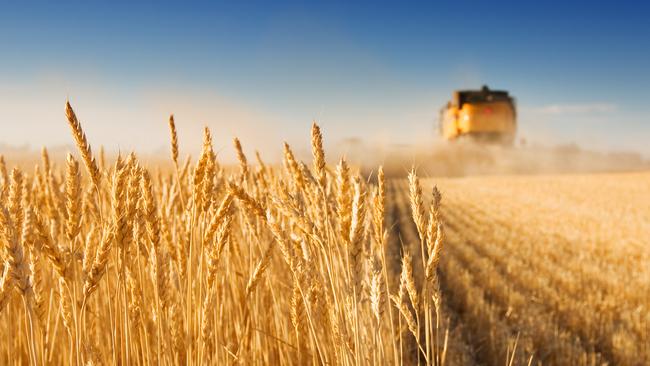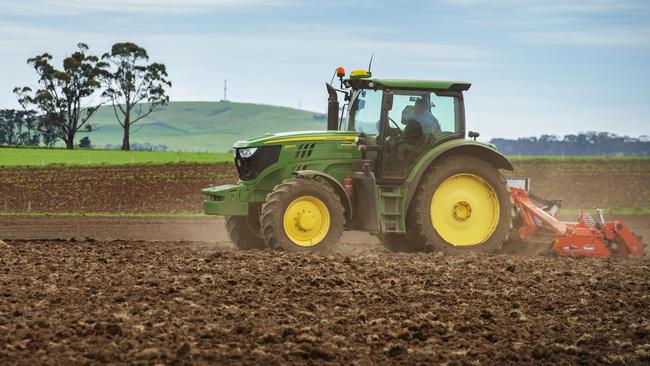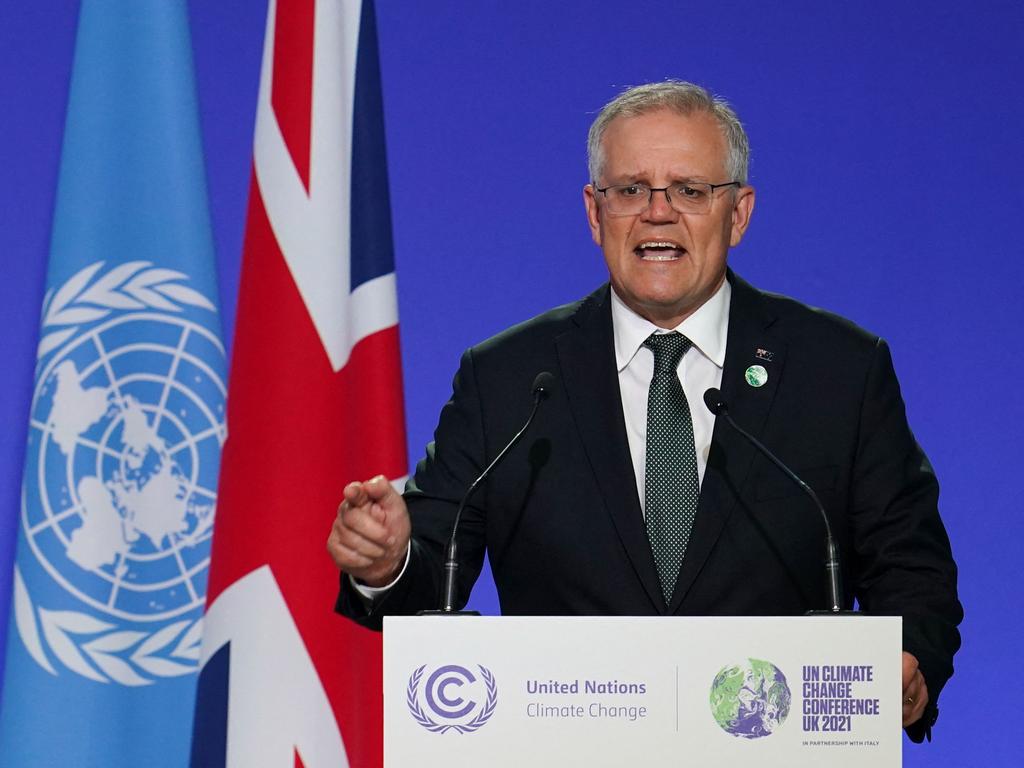NAB and farmers to benefit from rising value of carbon storage potential of Australian soil


But in agriculture the boom has already developed a frenetic pace. Australia’s largest rural lender, the National Australia Bank, reports a staggering 14.2 per cent rise in its loans to farmers in the half year to September 30 and the pace is quickening.
A large part of those loans is being driven by the knowledge that in many areas the basic business of farming (outside of price fluctuations) is going to be far more profitable than it has been for decades.
Farmers who understand and can benefit from the new farming era are borrowing to buy nearby properties to maximise returns.
Accordingly, large portions of the agricultural community are set to be major beneficiaries from the new technology that lifts the productivity of farms. And then, using the same productivity techniques, but almost as a side issue, the farmers’ soil can collectively become Australia’s greatest source of carbon storage.
Australia is probably the best placed country in the world to take advantage of these new techniques. Our agricultural revolution is set to not only substantially boost farm income but will mean that Australia will have little difficulty reducing 2030 carbon emissions by between 40 and 50 per cent. And the greatest advantage of all is that this revolution does not require governments. Given the current state the National Party, the government is better to just stand back. This is an income-earning, high technology revolution that will be funded by the banking community and the farmers, in many cases using Australian-developed technology.
While the revolution will transform large areas of the farming community it will also transform banking.
NAB has about a third of the agricultural lending market with the Dutch-based Rabobank in second spot with another 20 per cent. NAB is now looking to be a world leader in tailoring its loans so that farmers who gain globally-recognised carbon credits will not only participate in the rewards, but will be charged lower interest.
Given NAB clients and others will generate massive carbon storage, NAB is also joining with global banks to be a force in the world’s carbon credits market.
The rural and the industrial lending boom is set change the way investors look at banking in Australia, as higher interest rates curb the housing boom which has been the main source of most banks’ profit growth in recent years.
Using figures prepared by Evans and Partners’ banking analyst Matthew Wilson, the ANZ derives just 16 per cent of its core profit from business lending and Westpac is not much larger at 19 per cent. Neither bank is in a prime position to benefit from the business lending boom.

The Commonwealth Bank gains 31 per cent of its profit from business lending while for the NAB it is 42 per cent.
These two banks therefore stand to benefit most from rising business lending while the NAB has the pole position in the rural transformation.
The change in the rural outlook is not uniform across all agriculture and needs to seen as a series of steps.
Firstly, recent droughts and floods have extracted a terrible toll on large areas of the farm community.
Cattle and sheep farmers are rebuilding their herds and this is contributing to higher cattle (and meat) prices. Meanwhile, crops like wheat have done well. This resurgence in agricultural prosperity has given major segments of the rural community confidence to take the next steps to increase their productivity.
Secondly, a number of technology companies have developed software and other products to enable farmers to accurately measure not only the water content of their soils but minerals and fertiliser. Using artificial intelligence they can determine the best grazing practices to maximise grass growing and soil quality.
Among the Australian owned leaders in this area is AgriWebb.
Its talents have been recognised globally and it is now operating in the US.
As the technology of AgriWebb and others is becoming more widely used in Australia we have been able to show that many of our past farming practices reduced the carbon in our soils.
If carbon is restored, in combination with better grazing and soil management practices that increase grass growing and lessen emissions, then the economics of the cattle and sheep industries will be greatly improved.

This technology comes at a time when stored carbon, properly documented, has incredible value. On current prices, our carbon storage potential could annually rival our wheat exports. Overtime given our huge land mass available for grazing, carbon storage might even approach iron ore exports.
It is likely that from the Glasgow conference will come rules setting out that when carbon credits are sold overseas they become part of the buyers’ carbon reductions.
Australian farms get the cash.
It is possible that the government itself, plus coal and gas producers, may become significant buyers of Australian carbon credits so that Australian coal and gas is carbon neutral.
Given the current high prices of coal and gas, this is a very feasible development.
Finally, while the biggest beneficiaries will be cattle and sheep growers, wheat can also be part of the action.
It will require crop management that ends the practice of burning stubble (which can be eaten by sheep) and not tilling the farm as part of planting practices.
The amount of land devoted to wheat is far less than cattle and sheep production, but it will be an important addition to wheat revenue.
This is an Australian revolution but it’s being obscured by the problems with the National Party and its agendas.
Whether it be Liberal or Labor that wins the 2022 election they need to understand what is taking place, and step back to let it happen while providing help when required.





Business investment around Australia is set for a substantial increase in 2022. Enterprises over a wide range of activities have began looking for bank loans to fund not only an expansion of activities but actions to reduce carbon emissions.